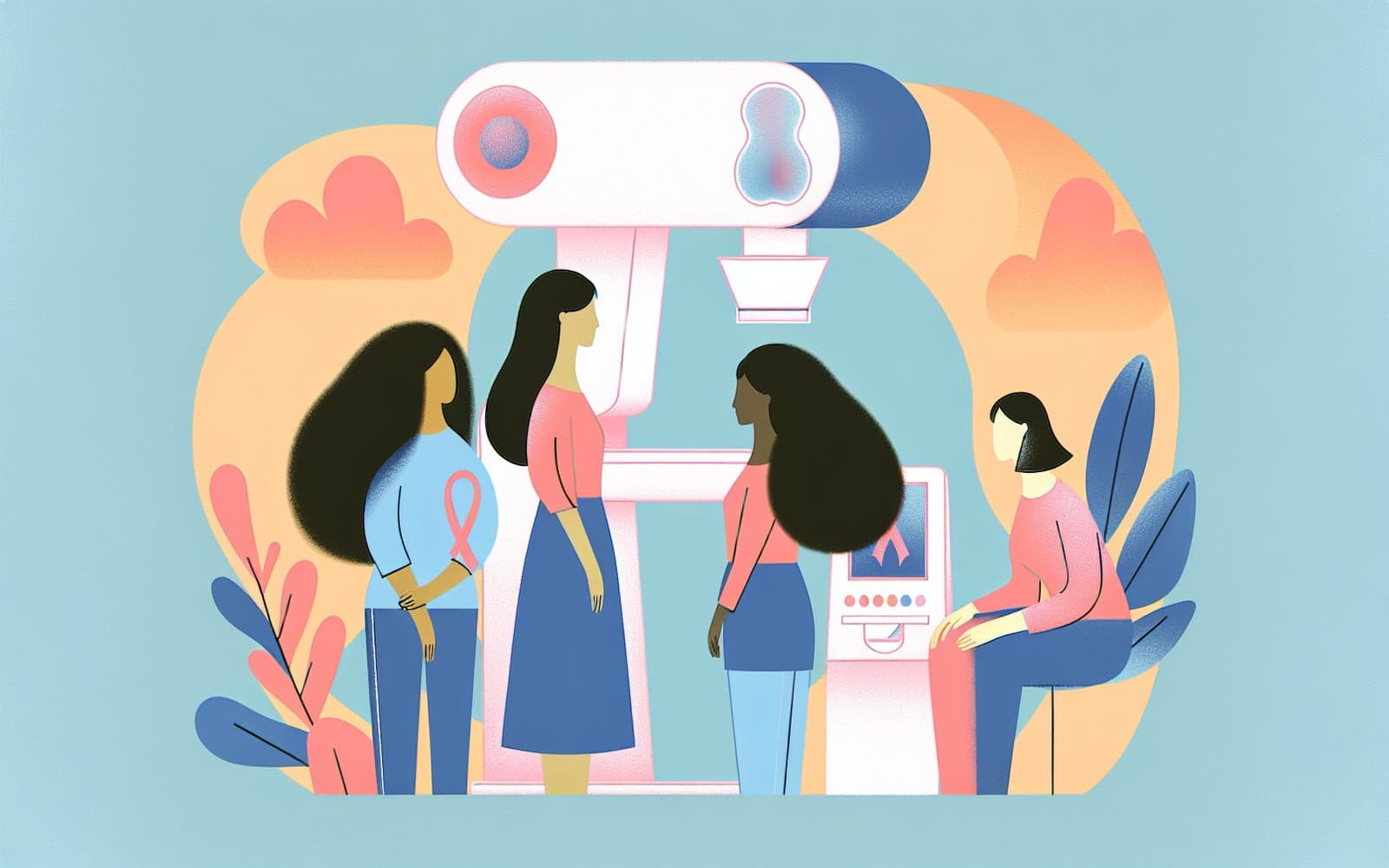Breast Cancer: What Every Woman Needs to Know About Screening
Published: Oct 08, 2023

Medically reviewed by Jerome Albert Ecker | MD, Assistant Professor of Medicine, Duke University - Durham, NC on October 8th, 2023.
Breast cancer is the most common non-skin cancer in women worldwide. Understanding screening options is crucial for early detection and improved outcomes.
Contents
Who Should Get Screened?
Most experts recommend women start regular mammograms between ages 40-50. Women at higher risk due to family history or genetic factors may need to start earlier. Talk to your doctor about when to begin screening based on your personal risk factors.
Screening Methods
Mammograms are the gold standard for breast cancer screening. They can detect tumors before they're large enough to feel. Other options like breast MRI may be recommended for high-risk women. While breast self-exams aren't proven to reduce deaths, being familiar with how your breasts normally look and feel is still important.

Benefits vs. Risks
Regular screening can catch cancer early when it's most treatable. However, false positives can lead to unnecessary anxiety and procedures. Overdiagnosis is also a concern - some slow-growing cancers may never become life-threatening. Discuss the pros and cons with your doctor.
Frequently Asked Questions
Most women should get mammograms every 1-2 years.
They can be uncomfortable but shouldn't be painful.
Additional screening may be recommended.
The benefits outweigh the very low radiation risk.
Key Takeaways
While not perfect, regular screening remains the best way to detect breast cancer early when it's most treatable.
Ready to take charge of your breast health? Talk to Doctronic about creating a personalized screening plan.Related Articles
References
Oeffinger KC, et al. JAMA. 2015;314(15):1599-1614.
US Preventive Services Task Force. JAMA. 2016;315(15):1599-1614.
This article has been reviewed for accuracy by one of the licensed medical doctors working for Doctronic. Always discuss health information with your healthcare provider.

